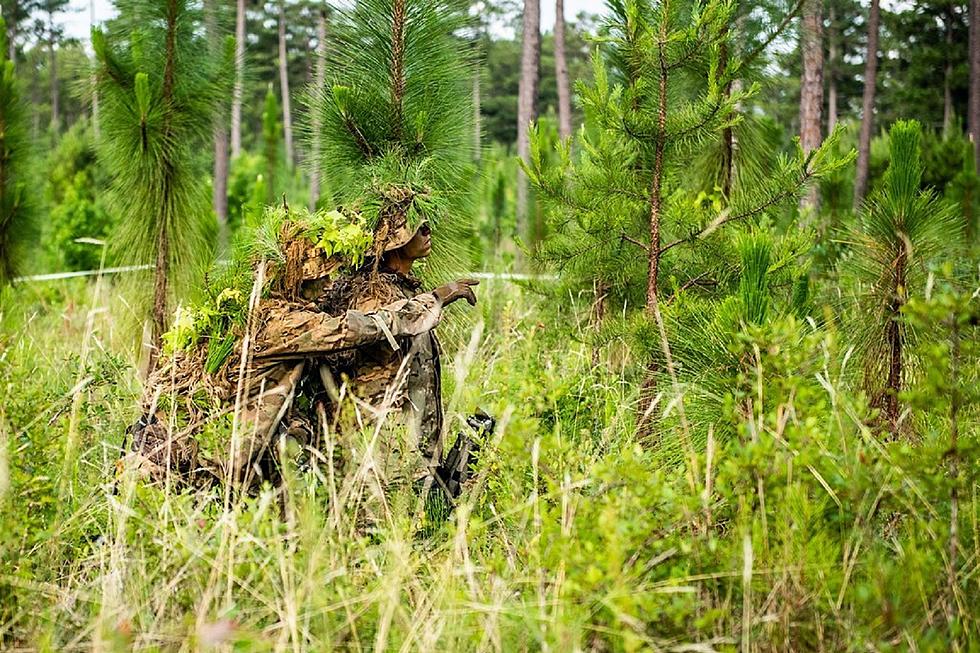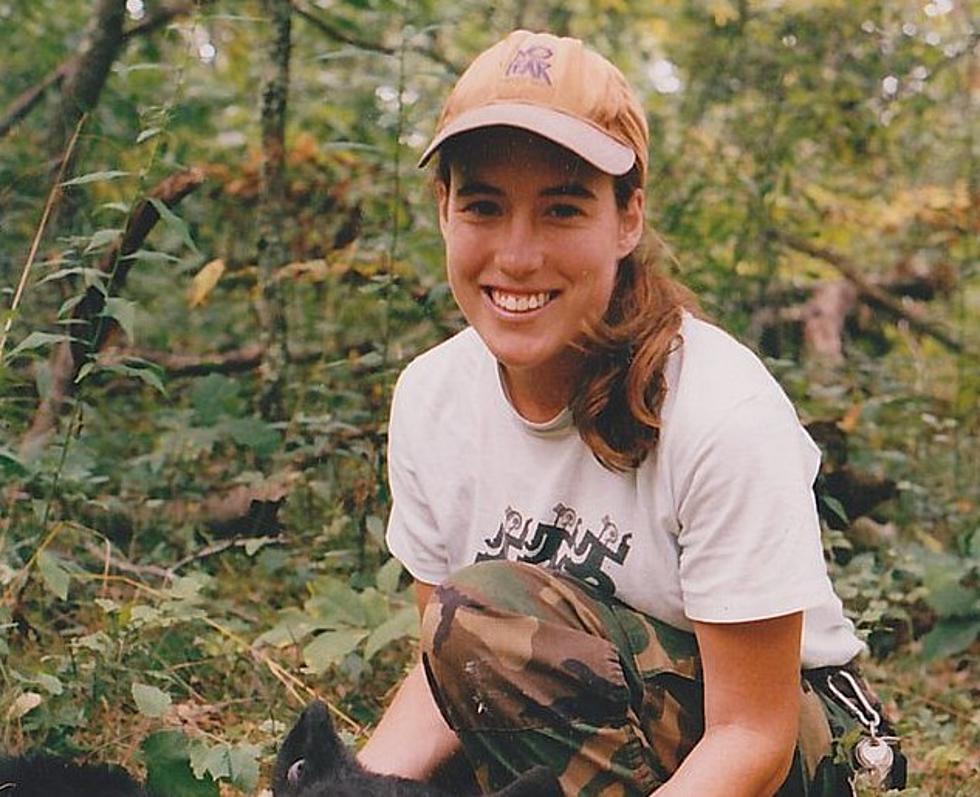
MSU announces $12 million gift for American Indian Hall
BOZEMAN – Montana State University will receive a major portion of funding to build a state-of-the-art American Indian Hall thanks to a $12 million pledge from a private grant-making foundation with a long history of supporting conservation and community led projects in Montana, according to MSU President Waded Cruzado.
The Kendeda Fund has committed $12 million as the lead gift for the $20 million project that will be built on the eastern edge of MSU’s Malone Centennial Mall. Cruzado made the surprise announcement before a large and emotional crowd gathered for the university’s annual Indigenous Peoples’ Day celebration on Monday.
“We deeply thank the Kendeda Fund for this generous gift that assures that a promise made to our American Indian people will be kept and a dream fulfilled,” Cruzado told the crowd before a ceremonial round dance. “This very land on which we stand today is aboriginal land, once a cherished home to several American Indian tribes. This building will honor our American Indian people and their descendants, welcoming them back to their home with a building that reflects their culture with beauty, honor and grace.”
“This is an investment in our state’s future Native leaders and they deserve a place like this where they can not only learn but thrive,” added Tim Stevens, Montana adviser for the Kendeda Fund.
The Kendeda Fund is a private grantmaking foundation that invests in transformative leaders and ideas, empowering communities across the U.S. and around the globe to enhance equity, vibrancy, resourcefulness and resilience. The Kendeda Fund helps underrepresented but trusted voices build social and community capital by supporting experienced, and emerging, leaders who have the vision to see problems differently and the courage to challenge conventional thinking. It has lent support to capital construction projects on a number of university campuses across the U.S. over its 25 year history.
“Place is extremely important to American Indians,” said Walter Fleming, chairman of MSU’s Department of Native American Studies in the College of Letters and Science. “We appreciate that the Kendeda Fund understands that this isn’t necessarily just a building that we would like to build, but a spiritual facility that signifies a commitment to American Indians and a permanence in our campus’ history.”
Cruzado said that in addition to the Kendeda pledge, more than 60 generous donors have contributed an additional $4 million since 2005 when the project was first proposed.
Last week, the Associated Students of Montana State University Senate committed $2 million in student building fees to support the project.
“This project is not only a tribute to American Indians, it also provides opportunities for student success and collaboration in a space filled with culture. This student center will allow my peers and me to honor and learn from our fellow American Indian Bobcats, and I'm so happy ASMSU could help bring it closer to reality,” said Lizzy Thompson, vice president of the Associated Students of MSU.
“The potential benefits to all students of this project is really exciting. This building will provide a space for students to celebrate and explore American Indian culture and heritage while also providing support to all Bobcats,” said Taylor Blossom, president of the Associated Students of MSU.
The MSU Alumni Foundation is working to secure the final $2 million from donors by the end of December, which will bring the project to $20 million, Cruzado said. The university plans to hold a ceremonial groundbreaking for the building, which Cruzado envisions as “much more than a building, a place of teaching learning and sharing where our next generation of leaders will prepare for the challenges of the future,” the last week of March with an intending opening in fall of 2021.
Cruzado said the building’s structure will be based on a feather design created by MSU architecture graduate Dennis Sun Rhodes in 2005. That is when Sun Rhodes, an enrolled member of the Northern Arapaho Tribe from Ethete, Wyoming, and his friend, well-known artist Jim Dolan, first proposed their vision for a freestanding MSU American Indian student building to former MSU President Geoff Gamble. MSU dedicated the land next to Hannon Hall for the building shortly after and a Dolan tepee sculpture has stood on the spot as a reminder of that promise as the university worked to find funds for the project. Cruzado said Sun Rhodes and his Great Horse Group of St. Paul, Minnesota, will serve as a consultant on the project, working with ThinkOne architects of Bozeman and TSP architects in Rapid City, South Dakota.
Fleming said that the planned building is sorely needed. Currently the American Indian Student Center is located in a heavily used 1,100 sq. ft. room in the basement of Wilson Hall, the same place since it’s been since Wilson Hall opened in 1974 and there were fewer than 25 students who identified as American Indian. This fall, 776 American Indian students are enrolled at MSU.
The new facility will house the offices of the MSU Department of Native American Studies, which are currently in Wilson Hall. The building will hold numerous classrooms for use by all students, as well as an auditorium for lectures. Also planned are rooms for tutoring, counseling and advising.
The American Indian Hall will also include culturally relevant elements, including a room that can be used for ceremonies and as a dance studio. While focused on the needs of MSU’s growing American Indian community, which includes students from all 12 of Montana’s tribes as well as 41 additional tribal nations from 15 states, Fleming said it would be also a place welcoming to all students and a bridge between cultures.
“We are envisioning this building will be a place that students can teach and learn about their culture,” Fleming said. “It will also be a place designed to help our MSU Indian students succeed. A building that is culturally appropriate and is designed to help them feel at home will go a long way to increasing enrollment, retention and ultimately graduation. More than ever before, our students are pursuing degrees in nursing, education, agriculture, science, engineering, art and architecture, and are eager to return to their communities as leaders.”
Fleming said members of MSU’s American Indian community always held faith that generous donors would come forward to support the project, even when American Indian student numbers increased nearly three-fold since the building was first proposed 13 years ago while at the same time dramatically rising construction costs in Bozeman pushed up the cost of the project from its original $8 million.
Fleming said the American Indian community redoubled its efforts in recent years. In 2016 members of MSU’s President’s Council of Elders and delegates of the Traditional Circle of Indian Elders held a sunrise ceremony to spiritually refocus efforts to find funding and the next year MSU students conducted a prayer ceremony at the site to revitalize efforts.
“It was a promise that had been made to the American Indian community,” Fleming said. “It was a solemn, sacred promise that this building would exist. We are grateful to those who stepped forward to make this promise a reality.”
Fleming said the building’s existence will enrich and elevate all of MSU’s students and the community at large.
“This building is not just for American Indian students but for the whole community,” Fleming said. “It will be a place of gathering. There will be academic and cultural activities and space for classroom instruction for all MSU students. We think of it as a gift to the state of Montana.”
More From KSEN AM 1150









